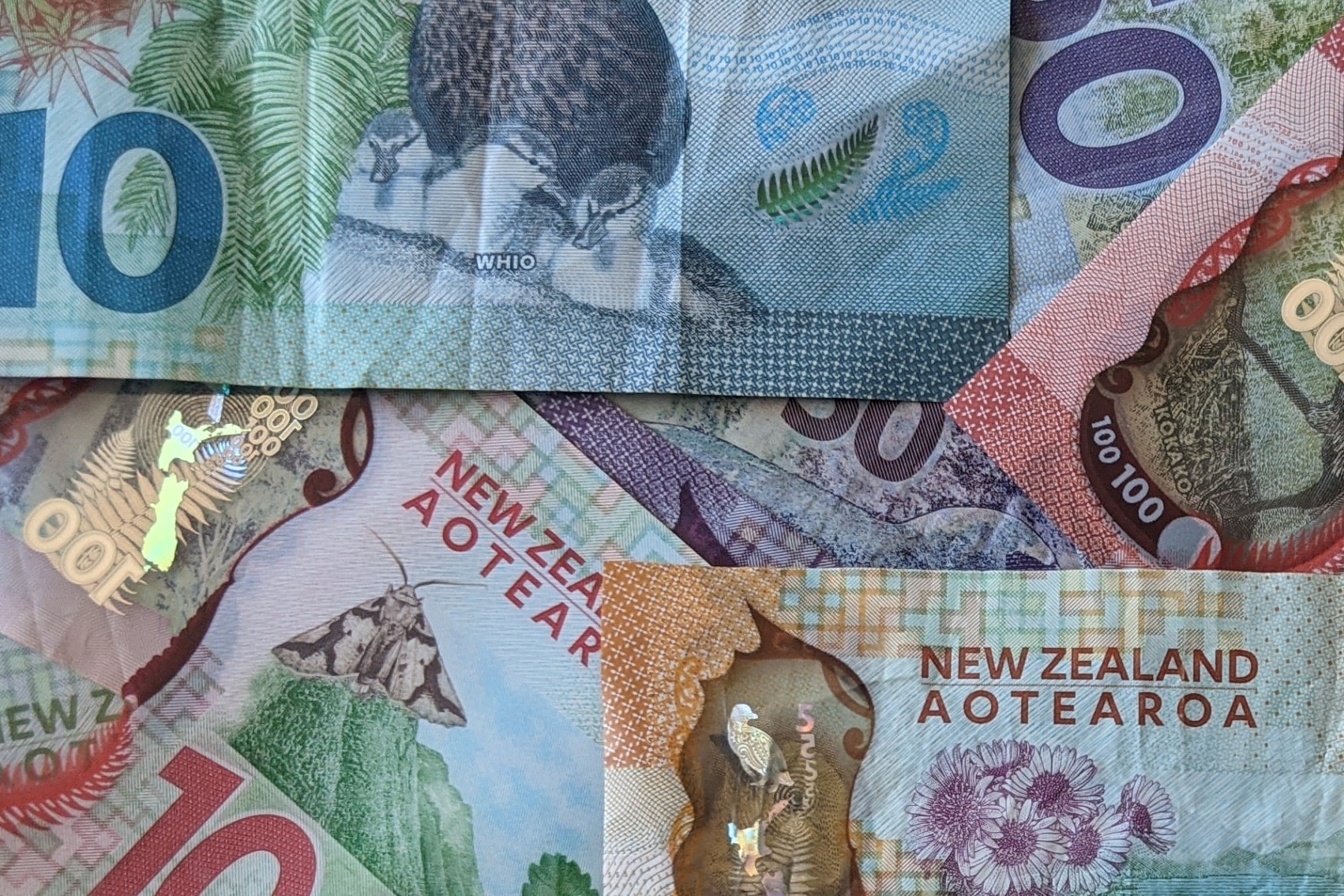First things first, don’t wait a year to see the fruits of your labour! Creating your own profit report from an accounting system is a piece of cake these days and can be used as a guide for your tax expense. But remember – garbage in, garbage out. So, make sure your data is correctly entered for accurate reports. Even easier – get your accountant and bookkeeper involved. With a knowledgeable person running the show, you can work together to plan your tax payments.
The Right Way to Pay Yourself
The easiest option is to set up an automatic payment from your business bank account to a personal spending account. It’s probably best to limit this to what you need to get by, but if you need a little extra from time to time, that’s okay (as long as your creditors are being paid).
It’s not a good idea to pay for personal expenses from your business bank accounts. Not only does it make preparing your financial statements more difficult, it blurs the reality of your business’s cash flow.
A common question…
Do you pay taxes on drawings?
What are drawings?
When money taken out of the business bank account by owners for personal use, the transaction is recorded as ‘drawings’. Drawings could be in the form of regular transfers into your personal bank account, cash from EFTPOS machines, and one-off withdrawals at any time during the year.
Your PAYE-paid wages received from the company are not drawings. These wages are tax deductible as a business expense.
Any money that you put into the business (called ‘funds introduced’ or ‘cash deposits’) and withdraw from the business (drawings) does not impact the tax bill in any way.
So – to confirm:
- The business does not pay tax on any of your personal deposits
- You do not pay tax on drawings
- The business cannot claim drawings as a deductible expense
The only thing subject to income tax is business profit.
Here’s how it works:
Tax on your business profit
Your accountant will determine your business taxable profit for the year (all income minus all claimable expenses). Then:
If you’re a sole trader:
Your profit is included in your personal tax return as income, on which you’ll pay taxes.
If you’re a company:
As a shareholder (individual), your overall average tax rate is probably lower than the company’s. It’s therefore usually more tax effective to allocate an appropriate share of the company’s profit, which is called a ‘shareholder salary’ It’s a non-cash transactions and is recorded by your accountant. The shareholder salary is included in your personal tax return as income. It’s income to you and an expense to the company. After including your shareholder salary as a business expense, any remaining profit will be taxed in the company’s name at a flat rate of 28%.
How to Pay Taxes on Your Profit
Your tax return is prepared once a year, so you may not know the amount you’ll need to pay until the Inland Revenue assesses it. If your tax bill is over $5,000, you’ll be included in the Provisional Tax regime (more on this in a separate blog) and will make tax payments four times a year. This may seem daunting if the amount is large, but there’s another option…read on.
Paying Your Taxes Throughout the Year
While it involves more administration, you can register the company as an employer and set yourself up as an employee. You’ll need a payroll system that files payroll returns when they’re due, in addition to keeping proper records.
Just make sure you’re not paying yourself more than your business’s profit, or you’ll end up overpaying taxes. If you’re interested in taking this approach, we suggest speaking to your accountant.
Conclusion
You can’t go wrong if you transfer 25% of your sales to a separate bank account as soon as you receive the money. If you keep this reserved for future tax bills, you’ll never panic when tax time rolls around.



